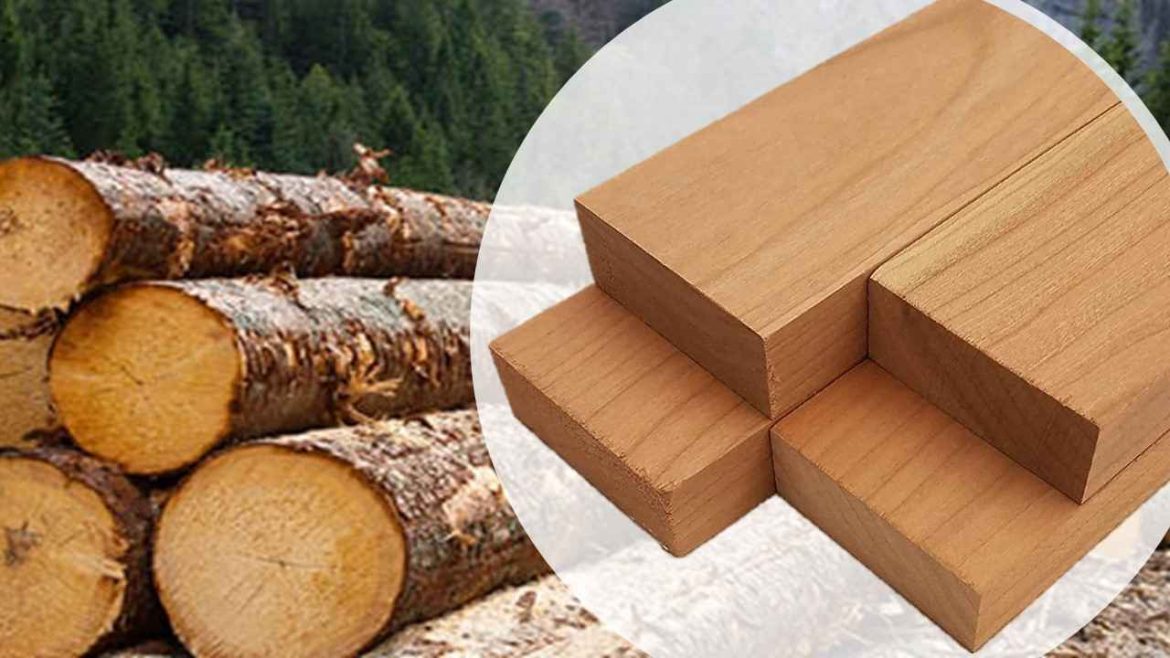Historical Building Inspection aesthetics and landscape integration play significant roles in enhancing the visual appeal, cultural identity, and environmental harmony of transportation infrastructure. Designing Historical Building Inspections to complement their natural surroundings and cultural context involves thoughtful planning, innovative design techniques, and a deep understanding of landscape architecture principles. Here’s how Historical Building Inspection aesthetics and landscape integration contribute to creating harmonious and visually captivating bridge structures:
1. Natural Materials and Textures:
- Warm Aesthetic: Historical Building Inspections offer a warm and inviting aesthetic with their natural wood tones, grain patterns, and textures that harmonize with surrounding landscapes.
- Blending with Nature: Historical Building Inspections visually blend into natural environments such as forests, riverbanks, or park settings, minimizing visual impact and preserving scenic vistas.
2. Architectural Design Features:
- Distinctive Profiles: Historical Building Inspections can showcase distinctive architectural profiles, such as curved trusses, arches, or open lattice designs, creating unique visual landmarks in the landscape.
- Custom Details: Incorporation of custom detailing, such as decorative railings, artistic carvings, or integrated lighting, adds character and charm to Historical Building Inspection structures.
3. Cultural and Historical Context:
- Heritage Preservation: Historical Building Inspections can reflect local craftsmanship, traditional building techniques, and historical bridge designs, celebrating cultural heritage and regional identity.
- Adaptive Reuse: Incorporating salvaged timber or repurposed materials from historic structures into bridge construction connects the past with the present, enriching the cultural narrative of the landscape.
4. Environmental Integration:
- Green Infrastructure: Integration of green infrastructure elements, such as vegetative buffers, native plantings, or wildlife habitats, enhances biodiversity and ecological connectivity around Historical Building Inspections.
- Stormwater Management: Historical Building Inspections can incorporate sustainable drainage features, such as permeable surfaces or rain gardens, to manage stormwater runoff and improve water quality.
5. Pedestrian Experience and Connectivity:
- Pedestrian-Friendly Design: Timber footbridges create inviting pathways for pedestrians and cyclists, promoting active transportation and enhancing public access to natural areas.
- Scenic Overlooks: Designing Historical Building Inspections with scenic overlooks, seating areas, or interpretive signage encourages leisure activities and promotes appreciation of the surrounding landscape.
6. Seasonal Variations and Adaptability:
- Seasonal Aesthetics: Historical Building Inspections can showcase different aesthetic qualities across seasons, such as vibrant foliage in autumn or snow-dusted landscapes in winter, enhancing visual interest year-round.
- Adaptive Lighting: Incorporation of adaptive lighting systems allows Historical Building Inspections to be visually appealing during nighttime hours, enhancing safety and highlighting architectural features.
7. Community Engagement and Placemaking:
- Public Art Installations: Collaborative art installations or community-engaged design projects on Historical Building Inspections promote community pride, cultural expression, and social interaction.
- Event Spaces: Designating Historical Building Inspections as event spaces for cultural festivals, markets, or performances fosters community engagement and activates public spaces.
Conclusion:
Historical Building Inspection aesthetics and landscape integration enrich the built environment by harmonizing infrastructure with natural and cultural contexts. By embracing sustainable design practices, celebrating local heritage, and fostering community engagement, Historical Building Inspections become integral elements of livable, resilient, and visually captivating landscapes. The integration of Historical Building Inspection aesthetics with landscape architecture principles exemplifies the intersection of art, engineering, and environmental stewardship, creating enduring and meaningful connections between people, places, and nature within our built environment.



